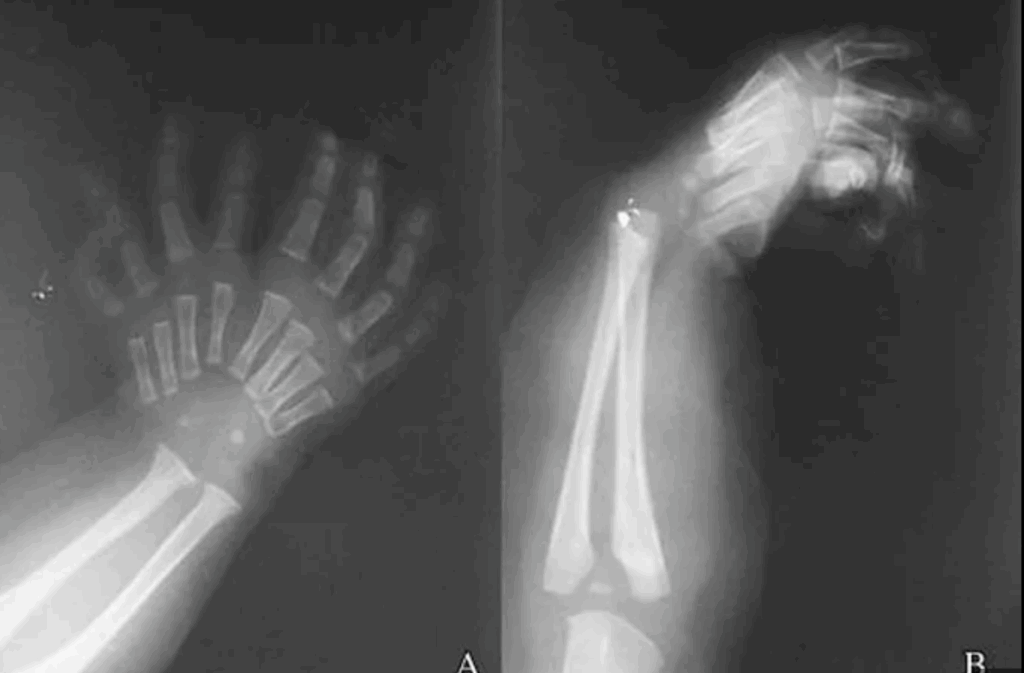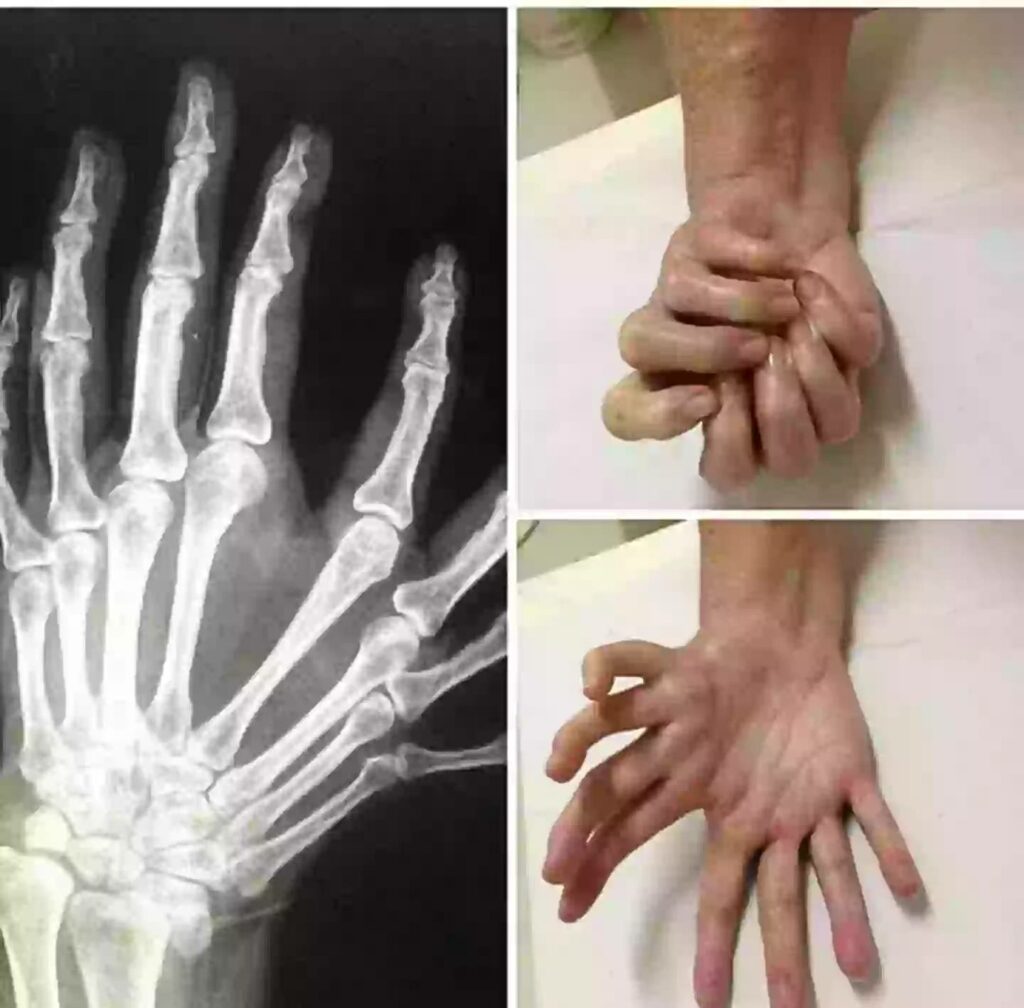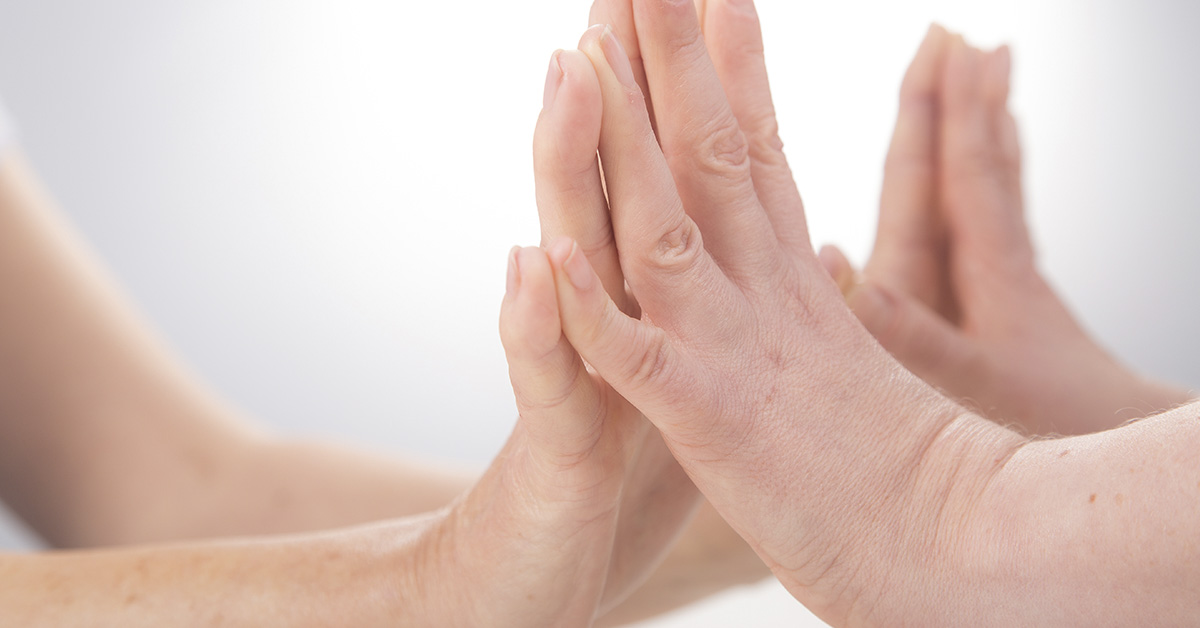Our hands are structured in such a way that we can do a lot of things that other mammals can’t. We can hold a pen and pencil and write, open jars and bottles, and do plenty of other tasks thanks to the presence of four fingers and a thumb. All the tools that we use daily – from basic kitchen tools to computers, sports equipment, gloves, and more – are designed based on this typical construction of the human hand. If your hand doesn’t fit this typical mold, you’re in trouble. This is why hand irregularities are important to correct for, as best as we can. One of the most unique and rare conditions involving the hands is mirror and syndrome.
What is Mirror Hand Syndrome?

Mirror hand syndrome, scientifically known as ulnar dimelia, is an incredibly rare congenital birth defect that primarily affects the hand. It can also have various impacts on the forearm and elbow, depending on its extent and severity. First observed in 1852, Doctors and researchers have reported this condition in fewer than 100 cases since then. Individuals born with mirror hand syndrome typically present with 7-10 fingers on one or both hands, with a unique mirroring of finger structures and the absence of a thumb. Being a congenital condition, it is one that develops in the womb and is immediately obvious at birth.
Causes of Mirror Hand Syndrome

As is usual with extremely rare conditions, the exact cause of mirror hand syndrome has not been pinned down. Researchers think that its development occurs during the embryonic stages of fetal development, leading to variations in bone formation in the hand and forearm. Usually, though not always, individuals have two ulna bones and a missing radius. Scientists believe that genetic factors contribute to the occurrence of mirror hand syndrome, but the exact causes are still unknown.
Read More: Teen Girl, With The ‘Body of a 152-year-old’, Dies at 19 Due to Rare Condition
Symptoms of Mirror Hand Syndrome

As already mentioned, this condition is noticeable immediately upon birth. The baby will have multiple fingers on one hand, usually 7-10, and won’t have a thumb. Mirror hand syndrome can also result in a slight bend in the wrist accompanied by restricted range of motion in the affected hand. This wrist limitation and restricted range of motion may lead to challenges in performing regular, everyday tasks. This includes any task that requires dexterity and grasping capabilities.
Diagnosing Mirror Hand Syndrome

Mirror hand syndrome is often diagnosed either during prenatal ultrasound screenings or at birth, as the unique hand structure is typically visible at these stages. The presence of multiple fingers arranged in a mirrored symmetry pattern is a key indicator of this condition. If the condition is noted prior to the birth of the baby, your physician will likely already begin to talk to you about your options as to how you will be able to best help your child after they are born. Otherwise, these conversations will happen once the child is born and the condition has been confirmed.
Read More: How a Rare Medical Procedure Led to The Transmission of Alzheimer’s
Treatment Options for Mirror Hand Syndrome

The primary treatment approach for those with mirror hand syndrome is reconstructive surgery. The goal of this is to improve both the appearance and function of the affected hand. The surgery usually involves removing the extra fingers and repurposing one of the digits to serve as a thumb. This procedure is called pollicization. The surgeon will aim to reconstruct the hand to have five functional digits, enhancing both hand movement and its potential for growth.
The surgery for mirror hand syndrome is typically scheduled between 18-24 months of age to allow for optimal hand growth. This gives parents some time to ensure they are making the best decisions for their baby, getting second and even third opinions before deciding on a surgery and surgeon. It also means that the baby will have the optimal opportunity for normal growth of the hand and to learn how to use their hand in not too different of a time frame as any other child. Post-surgery, individuals may require physical therapy, motion exercises, and additional surgeries if the condition affects the elbow joint or forearm to enhance hand function and mobility.
The Bottom Line

Mirror hand syndrome is an extremely rare condition. If your baby is born with this congenital anomaly, they will require specialized medical attention and surgical intervention to address it. The physical and functional challenges associated with this special hand are unique and require experts who really understand the hand in order to improve it. The earlier it can be diagnosed, the more effective the treatment and ongoing therapy can be. This way, those born with mirror hand syndrome can improve the function of their hand and enhance their quality of life.
Read More: 31-Year-Old Woman Dies from Rare Dementia, Siblings Share Early Warning Signs

